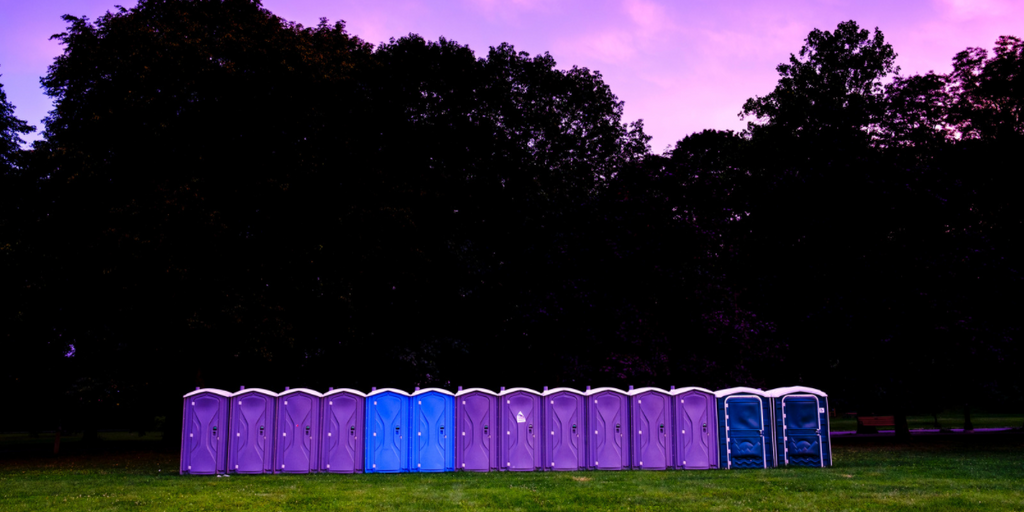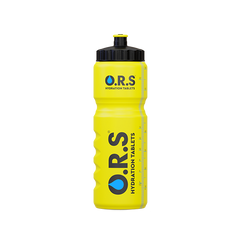What the colour of your urine says about you

From dehydration to diabetes, the colour of your pee can tell you a lot about what’s going on in your body.
We all know that dark pee can point to dehydration, but what else can it tell you?
Read on to find out…
Transparent/clear pee
If your pee is clear, it’s a sign that you might be drinking too much water. While you might think that clear pee just means you’re properly hydrated, drinking too much water can dilute your blood and lower your sodium levels.
Too much sodium in your diet should be avoided, but extremely low levels of sodium can be dangerous and even fatal. Transparent pee can also point to an underlying health condition like diabetes, so it’s worth getting checked out if you’re concerned.
Pale/straw coloured pee
Pee which is pale without being colourless is healthy and should be what you’re aiming for. If your pee is this colour, you’re properly hydrated without being excessive.
Dark yellow pee
Dark yellow pee isn’t normally a cause for concern, but it does suggest you may be a little dehydrated. Having a glass of water should clear things up.
Yellow pee can also be a result of high dose vitamins and supplements such as B2. If your pee is a neon orange colour, it suggests that you are taking more vitamins than your body needs.
Amber coloured pee
If your pee is amber coloured, it suggests you might be dehydrated. Sipping a glass of water – perhaps one with a dissolved ORS tablet or two – should sort you out.
Brown pee
Brown pee can be a sign of severe dehydration, but it can also be a symptom of liver disease or could suggest you have blood in your urine. Make sure to drink some water ASAP and consult your doctor if your pee doesn’t clear up or if you have any concerns.
Pink/Reddish pee
Some foods, like carrots, blueberries, rhubarb or beets, can temporarily turn your pee pink. Pink urine is also a side effect of certain medications like the antibiotic rifampin or phenazopyridine, a medication used to treat urinary tract infections (UTIs).
Pink or red pee can also mean you have blood in your urine, which can point to an underlying health problem such as a urinary tract infection, kidney stone or certain types of cancer. Consult your doctor if you have any concerns, especially if there is any sign of blood in your urine.
Orange pee
Orange pee can be a side effect of high doses of vitamin B2, or some antibiotics and UTI drugs. It could also be a sign of dehydration or a temporary effect of eating certain foods.
While orange pee isn’t normally a cause for concern, it can sometimes be a sign of a liver or bile duct condition. Contact your doctor if you have any concerns about your health.
Blue/Green pee
Blue or green coloured pee is rare and is normally caused by diet or certain medications like anaesthetic or allergy/asthma medication. Eating asparagus can also give your pee a light green tint.
It’s not normally a cause for concern, but in rare cases, blue pee can be a sign of seudomonas aeruginosa bacterial infection.
Fizzy/Foamy pee
Foamy-looking pee can be a sign of a full bladder, or potentially dehydration or pregnancy. It can also possibly point at excess protein in your diet or a potential kidney problem. If this is a regular occurrence you may want to pay a visit to your doctor.
—
If you find it hard to drink enough water in your daily life, or if you’re just not a fan of plain water, then dropping a couple of O.R.S Hydration tablets in a pint of water can help hydrate your body and replenish the electrolytes you lose when you sweat.

